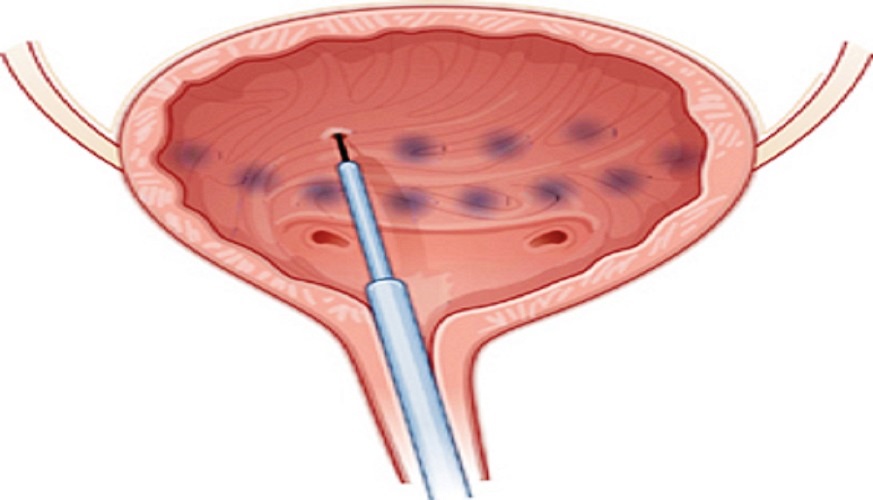
Botox for Urinary Incontinence
Botox for Urinary Incontinence
For smoothing out wrinkles, Botox is many people’s treatment option of choice. However, did you know it holds value in the medical field, as well? Botox injections can be offered as a treatment option for overactive bladder (OAB), according to the National Institute for Health and Care Excellence.
What is Overactive Bladder Syndrome (OAB)?
Millions of people around the world are affected by OAB, with women more likely to be than men. This condition causes a sudden and frequent urge to urinate, and it’s not always easy to control. Day and night, sufferers of this condition may feel they need to urinate. Sometimes, this can lead to an unintentional loss of urine known as urgency incontinence.
Symptoms of this condition include waking up more than twice per night to urinate, feeling a sudden and uncontrollable urge to urinate, and urinating more than eight times in one day. Some people also experience urgency incontinence after feeling an immediate need to go.
With this condition, you may feel like isolating yourself or limiting your social outings. Fortunately, there are many ways to combat the condition, such as changing your diet, pelvic floor muscle exercises, and bladder-holding techniques. However, some sufferers are also seeing the value in Botox.
Botox as a Treatment for OAB
If those with OAB do not respond to lifestyle changes recommended by their doctor, then Botox may be offered as an alternative. These injections can decrease the chemical messages that your bladder uses to tell your brain you need to use the bathroom.
Botox is not a first option, but rather an alternative to traditional treatment methods that have failed to deliver optimal results.
How Botox Is Administered for Overactive Bladder Syndrome
A trained and licensed medical professional is in charge of administering Botox. In Australia, even Botox for cosmetic purposes carries the same requirements.
A doctor or registered nurse administers the injections directly into the bladder. They do this by using a small device they insert into the urethra. These injections don’t hurt, but they can be uncomfortable. Some women say it’s a short-term discomfort similar to a period cramp.
In a few short days, many people notice the difference. The treatment can last for about six months, and you can receive additional Botox injections to keep the effectiveness going.
However, it’s important to note that there is a side effect: urine retention. As a result, Botox injections are not recommended for males who are at risk or have a history of an enlarged prostate.
How to Get Botox for Overactive Bladder Syndrome
If you believe you have OAB, the first thing you need to do is see your GP. They will recommend a few lifestyle changes to see if they help with the problem. If they don’t, they may recommend Botox as a suitable treatment option.
Botox can be a life-changing treatment method for sufferers of overactive bladder syndrome. Don’t suffer in silence. Make an appointment with a medical professional and discuss your treatment options.
